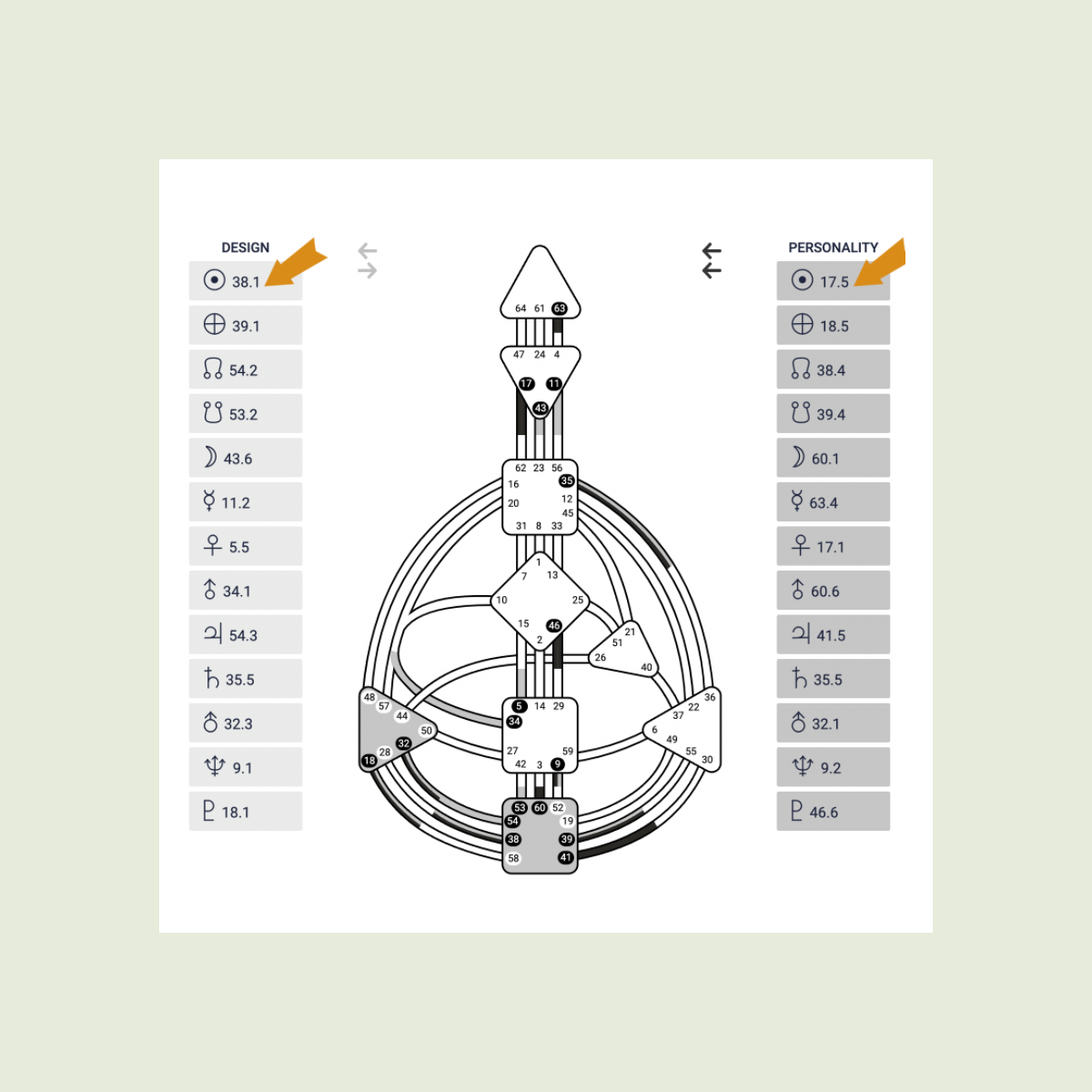Thanks to everyone who wrote in with a request for last week's podcast transcript. You have helped illuminate that there is an interest in sharing my essays on FEEDBACK in particular with your friends and colleagues outside of this mighty newsletter crew. I am still organizing my future ARCHIVES - which will allow us to have a home for all these little things like newsletter archives and podcast transcripts but in the meantime what follows is the requested transcript from WHY FEEDBACK IS LIKE SPAGHETTI. You can also listen to it here.
WHY FEEDBACK IS LIKE SPAGHETTI
PSYCHOLOGY AND SEEING WHAT STICKS.
This past weekend marked a real milestone for me in skateboarding. I was finally able to nail a kickturn. Even though this is a super basic move, it’s a big deal for me and resulted from spending most of the summer working on my tick tack until I could finally move my board all the way around in a circle. I’m still terrible at it, but the kickturn is a gateway move and being able to do this opens up a whole new world of skating to me. It’s exciting and also frustrating that it has taken me this long to get here. But process is process and as I’ve said before process is not precious, no matter how badly I have longed to be here.
What has surprised me though about the process, is the feedback that has helped me get here. The process and nature of this particular style of feedback belongs to the skateboarding community and it is spectacular. Precisely because it is so completely outside the box.
As you know, I’ve been researching feedback - oh and hey please take part in my study on my website - you’ll be helping to change the way we give and receive feedback in systems and organizational settings - what I have discovered is that feedback while present in almost every setting and system, looks and feels very different depending upon the nature of the system. And this difference is what drives my curiosity. My goal is to discover the places where feedback functions smoothly and fosters great results and unpack why this feedback works so well in these systems. Why here? And what exactly do these feedback unicorns, so to speak have in common?
I began my research by interviewing artists who completed a degree program from a fine arts college. I’ll say again that artists are incredible people with a very wide breadth of experience and when we have questions about anything, we should start with artists. So I did. Thus far my qualitative research has yielded some pretty thought provoking results. Most of the artists I spoke with agree that the process of becoming skilled at feedback in art school is treacherous - I always say I wouldn't wish that learning curve on my greatest enemy and my study participants agree. Being thrown to the sharks without a clear explanation of what feedback and critique are and what is to be expected feels like shit. But it also has the potential to create a group of people who are generally really great at giving and receiving incredibly useful feedback. Trial by fire provides a steep learning curve of exactly what effective feedback yields - the end result which is an improvement in the artist’s skill level and ability- we can include here finished work or product. Getting there is rough, but when you get it, you get it. And for the rest of your professional life you bring this incredible skill set and ease to every group you are a part of. And this is a huge asset for any system artists find themselves in.
Feedback style in fine art schools, despite its often unexpected nature is actually very measured. Critiques happen at agreed upon times and typically involve an instructor, group of peers and sometimes visiting experts. There are general rules, either spoken or unspoken and outside of this designated time, feedback generally does not occur. At least a frame is granted for the hot mess. And this actually helps a lot.
Feedback in skateboarding, while an equally creative pursuit to art school, occurs in an entirely different way and is equally effective, if not moreso. From what I can determine feedback in skateboarding has a spaghetti on the wall quality. Throw a ton of stuff out there and see what sticks. There is no set aside time for feedback to be given or taken in. It just kind of happens naturally. Feedback in skateboarding is in response. Cues are generally someone trying something new, asking how another skater does something, or someone looking visually frustrated and tired. Feedback occurs in response to these mutually agreed upon cues and also comes along with a big dose of encouragement.
There are many things to unpack here, but let’s start with the encouragement. In the feedback quadrant I have created, encouragement could be categorized as safe + useless. But encouragement in skateboarding has a very particular flavor. It is not trying to convince the recipient of something that is not true, or softened as to mislead the person into thinking they are closer to success than they thought.
Safe + Useful
Safe + Useless
Unsafe + Useful
Unsafe + Useless
The fun and often incredibly frustrating thing about skateboarding is that you are always 2 tries away from nailing it. Kind of like your keys are always the last place you look. This flavor of encouragement includes three important ingredients that consider this reality. It acknowledges how hard the person is working, the difficulty of the move or trick, and the reminder that everyone is two moves away. “You got this, keep going.”
This encouragement is paired by a wild firehose of advice, ideas, and out of the box creativity that can fall under the banner of feedback. But here’s the real interesting part, all of the ideas and feedback are birthed from personal experience and not an outside theory, set of rules or science. While this can sound similar to a fine art critique, art does in fact have many rules. Complementary colors will always make a brownisgh grey and act as a great base for a shadow. This never changes. But in skateboarding with the skateboard being the constant variable and the action being the person of which there are a million shapes and sizes, and levels of ability, despite the consistent physics of a particular trick, landing it depends upon probably a million factors that have to do with the action - or us. So the feedback that is offered begins with, “This is what I do. This is how I learned. This is how it feels for me.” Because in the end there is no telling what is really going to work. The spaghetti that sticks can come from anywhere.
The excitement within the skateboarding community for when someone improves is dramatically high. When you finally land something the whole park erupts. Fellow skaters bang their boards on the concrete . There are high fives, fist pumps, fuck yeas and hugs. The connection runs deep. When one skater wins, we all win and everyone celebrates. Skateboarders want each other to get better so we can be on the receiving end of that fire hose of insight. Learn to do it so you can tell me what it feels like. Your one step closer belongs to me too. It’s a beautiful thing to be a part of. And a camaraderie that I hope to be able to replicate and bring to other settings. Imagine if we all felt this way at work? Pretty fucking spectacular, right?!
This powerful pairing is what makes this particular kind of feedback very strongly in the safe + useful quadrant. Skateboarding is a feedback unicorn. But what really sets it in this quadrant is the ability to back off and the openness to the insight being unwelcome, which happens, but rarely. Part of the unspoken understanding of skateboarding is that regardless of age, ability, size, etc. everyone and anyone can have the idea that makes your next success possible. True inclusion. And all happening without a clear leader, known set of rules, or consistent group members. I know, from an organizational standpoint it sounds impossible. That’s why I am so intrigued. My goal is to figure it out. Right now I can say that there is something to a shared goal having an element of danger and risk. Art school critiques do becasue they can be such murder to get through. This creates a community around art students just trying to survive ti all together. In fine art crits, the risk is emotional. In skateboarding the risk is physical. Concrete hurts. Every skateboarder, no matter the skill level has gotten hurt. Nailed a trick and then lost it. And had a bad day. And a bad day could mean a serious injury. The risk binds us and creates a real atmosphere of support. Sometimes though, insight and feedback is unwanted. And this is communicated in a very straightforward way that no one takes personally. It usually sounds like this, “hey man, have you tied this?This is how I got there?” “Thanks, but I’m just in my head right now. I need some space to figure this out.” “Cool.” And that’s it. No hard feelings on either side. All parties involved move on. And do so really quickly. And when the person who refused the feedback nails the trick, everyone still celebrates them. No hard feelings. Really.
So this is magic, right? Seems like it. But I’ve been studying groups long enough to know that groups behave in predictable ways. They just do. I cannot say for sure what the magic sauce is for skateboarding, but I promise you I’m going to find out. For now, know that it feels as good as it seems. Just watch a skateboarding competition. It is beautiful in all the ways. Once again thank you skateboarding. I’m so lucky to know you.
xxx
LAS
HUMAN DESIGN
|
|
|


Leave a comment